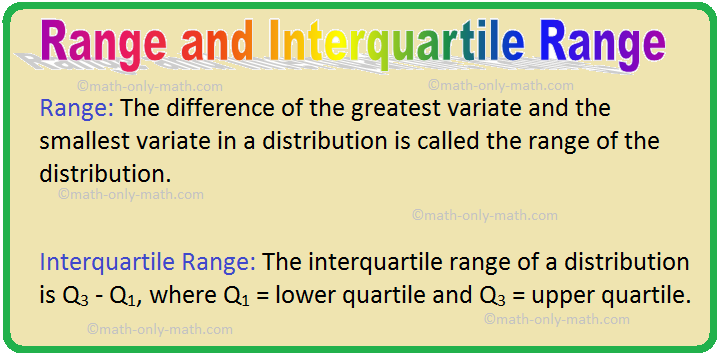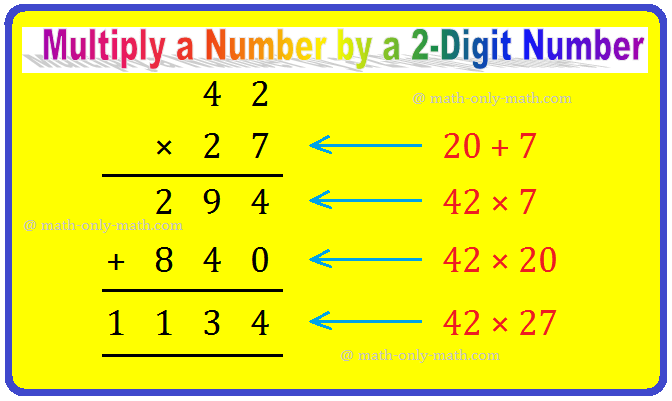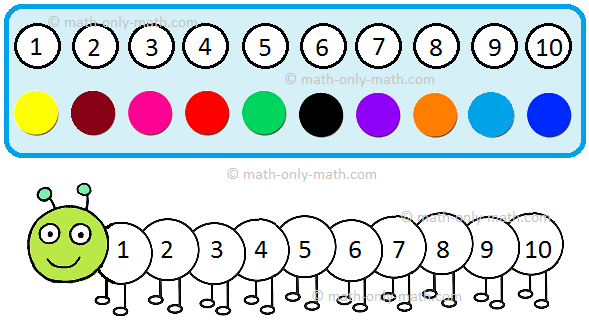Range and Interquartile Range
The variates of a data are real numbers (usually integers). So, thay are scattered over a part of the number line. An investigator will always like to know the nature of the scattering of the variates. The arithmetic numbers associated with distributions to show the nature of scattering are known as measures of dispersion. Simplest of them are:
(i) Range
(ii) Interquartile Range.
Range: The difference of the greatest variate and the smallest variate in a distribution is called the range of the distribution.
Interquartile Range: The interquartile range of a distribution is Q3 - Q1, where Q1 = lower quartile and Q3 = upper quartile.
12(Q3 - Q1) is known as semi-interquartile range.
Solved Examples on Range and Interquartile Range:
1. The following data represent the number of books issued by a library on 12 different days.
96, 180, 98, 75, 270, 80, 102, 100, 94, 75, 200, 610.
Find the (i) interquartile range, (ii) semi-interquartile range and (iii) range.
Solution:
Write the data in ascending order, we have
75, 75, 80, 94, 96, 98, 100, 102, 180, 200, 270, 610.
Here, N = 12.
So, N4 = 124 = 3, which is an integer.
Therefore, the mean of the 3rd and 4th variates is Q1 = 80+942 = 1742 = 87.
So, 3N4 = 3×124
= 364
= 9, i.e., 3N4 is an integer.
Therefore, the mean of the 9th and 10th variates is Q3 (the upper quartile).
Therefore, Q3 = 180+2002
= 3802
= 190.
(i) Interquartile Range = Q3 - Q1 = 190 - 87 = 103
(ii) Semi-interquartile Range = 12(Q3 - Q1)
= 12(190 - 87)
= 1032
= 51.5.
(iii) Range = Highest Variate - Lowest Variate
= 610 - 75
= 535.
2. Marks obtained by 70 students in an examination are given below.
Find the interquartile range.
Marks
25
50
35
65
45
70
Number of Students
6
15
12
10
18
9
Solution:
Arrange the data in ascending order, the cumulative-frequency table is constructed as below.
Marks
25
35
45
50
65
70
Frequency
6
12
18
15
10
9
Cumulative Frequency
6
18
36
51
61
70
Here, N4 = 704 = 352 = 17.5.
Cumulative frequency just greater than 17.5 is 18.
The variate whose cumulative frequency is 18, is 35.
So, Q1 = 35.
Again, 3N4 = 3×704 = 1054 = 52.5.
Cumulative frequency just greater than 52.5 is 61.
The variate whose cumulative frequency is 61, is 65.
Therefore, Q3 = 65.
Thus, Interquartile Range = Q3 - Q1 = 65 - 35 = 30.
From Range & Interquartile Range to HOME PAGE
Didn't find what you were looking for? Or want to know more information about Math Only Math. Use this Google Search to find what you need.
Recent Articles
-
Multiply a Number by a 2-Digit Number | Multiplying 2-Digit by 2-Digit
Apr 08, 25 01:13 PM
How to multiply a number by a 2-digit number? We shall revise here to multiply 2-digit and 3-digit numbers by a 2-digit number (multiplier) as well as learn another procedure for the multiplication of… -
Multiplication | How to Multiply a One, Two or Three-digit Number?
Apr 08, 25 01:08 PM
In multiplication we know how to multiply a one, two or three-digit number by another 1 or 2-digit number. We also know how to multiply a four-digit number by a 2-digit number. We also know the differ… -
Addition of 4-Digit Numbers | 4-Digit Addition |Adding 4-Digit Numbers
Apr 08, 25 12:43 PM
We will learn about the addition of 4-digit numbers (without carrying and with carrying). We know how to add 2 or 3, 3-digit numbers without carrying or with carrying. -
Indian Numbering System | Ones Period | Thousands Period |Lakhs Period
Apr 08, 25 12:34 PM
In the Indian numbering system, we use different periods like ones, thousands, lakhs, crores, etc. Suppose, let us understand the Indian system by using number 1: ones (1), tens (10), hundreds (100) -
1st Grade Numbers Worksheet | Before, After and Between | Compare Numb
Apr 08, 25 12:25 PM
In 1st grade numbers worksheet we will solve the problems on before, after and between numbers, arranging in order, small to big numbers, big to small numbers, numbers in ascending and descending orde…






New! Comments
Have your say about what you just read! Leave me a comment in the box below. Ask a Question or Answer a Question.